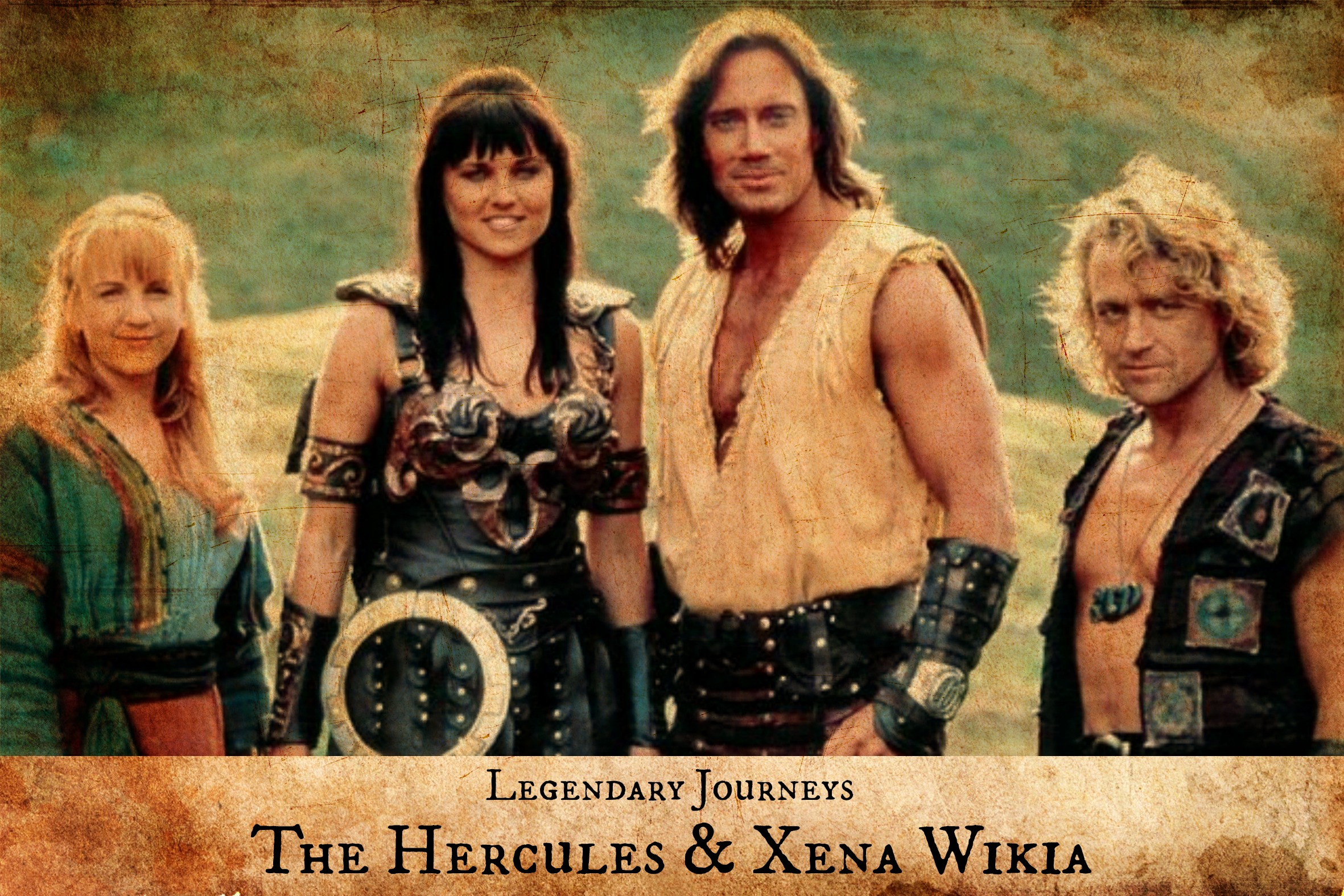
The era of paper and pen style writing is beginning to decline as technology is advancing. Writing styles are beginning to evolve, taking a more modern shape and allowing writing to incorporate images, audience interaction and sounds, something absent in paper and pen writing. In her paper “Understanding Visual Rhetoric in Digital Writing Environments“, Mary E. Hocks discusses this evolution and the incorporation of digital documents in writing. Hocks divides her paper into two sections with one section using two academic hypertextual essays to help explain the visual digital rhetoric and the other section discussing how teachers should incorporate visual digital rhetoric in their teaching. In addition to this, she also divides the visual digital rhetoric into three categories: Audience stance, transparency and hybridity. The audience stance is the way the author creates ethos and the degree of audience participation. Transparency is how familiar the terminology and concepts of the article is to the audience. Lastly, hybridity is how the site combines images and texts.
Hocks begins by examining the first academic hypertextual essay, “Monitoring Order” by Anne Wysocki. The first thing Hocks points out is how Wysocki promotes audience participation by providing interactive text and images, allowing the audience to progress through the essay in an order that they chose. As a result, the essay promotes active reading and decreases attention fatigue, something that all too common with long academic articles or papers.

The second thing Hocks discusses is how Wysocki establishes transparency by using a familiar format, colors and page layout. In addition to this, Wysocki uses “tiles” to help the reader not get lost in the text and have a sense of direction. Once again, when a person reads large amounts of text at a time, they can easily become lost physically or mentally in the paper. Lastly, Hocks focuses on is the Hybridity of “Monitoring Order”. Wysocki combines texts and images in a way that allows readers to immerse themselves into the theme and topic of the site. This in turn caters to the individuality in humans, since it allows the audience to choose their path through the essay.
In addition to this, Hocks also examines “The Ballad of the Internet Nutball”, written by Christine Boese. Similar to “Monitoring Order”, Boese establishes audience stance and hybridity by incorporating music, interactive images and texts. Hocks also notes that Boese allows participants to add to the site, constantly evolving the site, increasing user participation and reducing attention fatigue. However, unlike the high transparency in “Monitoring Order”, Boese’s essay had a low transparency since it was limited to the fans who understood the theme of the site. Despite this, not all rhetoric has to be designed in a way to cater to everyone. Similar to paper and pen style writing, certain books are understood only by a certain pool of people and not by others. None the less, Hock shows how transparency plays a role in the visual digital rhetoric.

In part two of her paper, Hocks discusses how teachers should incorporate visual digital rhetoric. Hocks uses an online student project about Shakespeare to explain the positive impacts of introducing visual digital rhetoric in the classroom. The students were tasked to design a website which collected and created discussion about Shakespeare’s colorblind casting. By giving the students the ability to create their own sites, they were able to immerse themselves more into the material than they ever would in a traditional classroom setting. This is because the students were given the freedom to design a site that catered to their needs, rather than being restricted to a traditional style set learning path. For example, the students learned and created interactivity by creating discussion boards and surveys. They created high transparency by using familiar techniques and styles. Lastly the students established hybridity by combining interactive texts and images (Hocks).
By learning how to engage their audience, establish transparency and incorporate hybridity, Hocks argues that the students now have gained a much greater understanding of their unit of study. She also argues that by incorporating visual digital rhetoric in a classroom setting, will cater to a students needs better and will result in giving students a beneficial learning experience. The advancement technology also means a more advanced society and as a result, the style of learning needs to adapt and evolve as well.
Bibliography
Hocks, Mary E. “Understanding Visual Rhetoric in Digital Writing Environments.” College Composition and Communication 2003: 629. JSTOR Journals. Web. 7 Mar. 2016.